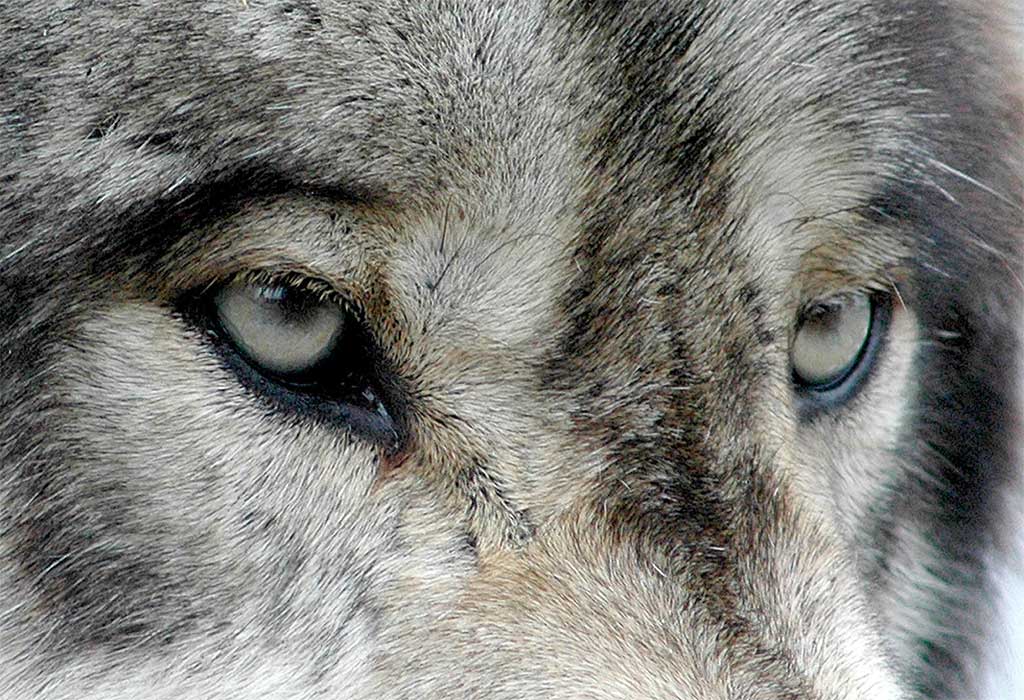I live on the outskirts of Santa Fe, in the foothills of the Sangre De Cristo Mountains—the southern tip of the Rockies. Just a stone’s throw from my home, there’s a place my five-year-old twins know as “the Castle.” It’s the former home of Ernest Thompson Seton. Though Seton’s name is not well known to many who care about animals, it should be. Seton was a pioneer of the wildlife conservation movement—in addition to being an accomplished painter and naturalist.
In the fall of 1893, Seton, then a man in his early 30’s, came to northeastern New Mexico at the request of a wealthy rancher—to trap and kill wolves. Or, as he wrote: “to begin some sort of organized war on these pests.” He even set a goal for himself: 15 wolves.
Then, Seton had a profound experience that not only changed the way he saw wolves, but how millions of other Americans saw them as well.
As Seton meticulously engaged in his gruesome task, his body count began to rise. At first, his indiscriminate tools dealt injury and death to non-target animals, like coyotes and bobcats. As Seton’s sophistication and understanding grew, he succeeded at trapping wolves. He described all of his experiences firsthand in a daily journal he kept.
Seton’s fervor for his task intensified and only a few wolves remained. While working to trap the final pair of wolves in the region, Seton came to intimately know their habits and even their personalities. He marveled not only at their obvious intelligence, but at the strong emotional bond that existed between the pair. He exploited this knowledge to trap and kill the last two wolves.
Seton’s experience of trying to trap these last two wolves, whom he named Lobo and Blanca, is beautifully, and tragically, captured in an essay he later wrote entitled Lobo: The King of Currampaw. The story provides not only the details of his feats but also describes the epiphany he had as a result of his experience.
Seeing firsthand Lobo and Blanca, Seton came to know what many of us know now: that all animals are sentient beings with interests that merit consideration. Sentience is just a fancy word for whether they have feelings.
With that realization, Seton came to the conclusion that trapping and killing wolves, or any animal, is cruel. He quit his job a few days later and never trapped again. When he shared his essay in a book entitled Wild Animals I Have Known it changed the way millions of Americans view wildlife. Seton later went on to write eloquent natural history pieces from the perspective of native carnivores, depicting them as compassionate beings with lives worthy of our consideration. He was also an accomplished wildlife painter and helped found the Boy Scouts of America.
Why am I re-telling Seton’s story? I think it’s mostly because ecological epiphanies have always fascinated me. I’ve often wondered where the courage to make a quantum leap through the moral universe comes from. In Seton’s case, the leap from trapper who calls wolves “pests” to wildlife advocate is nothing less than profound.
I’m imagining the courage for Seton came from a mind that nimbly integrates feelings and intellect—empathy and intellectual curiosity.
Today, New Mexico is poised to make that leap through the moral universe by passing a new law that would ban trapping. The question of courage is especially relevant for citizens and New Mexico legislators who must confront their own fears, prejudice and cynicism to help enact a new law banning traps and snares.
What will it take for you to show up, to speak out and to align your actions with your beliefs? Namely, the belief that society should treat animals, both domestic and wild, better?
My hope is that every American come to know what Seton knew by looking into a wolf’s eyes: that they are sentient beings with feelings of their own and are worthy of our admiration and respect. But not every American will have that opportunity. In fact, very few will.
That means the future for coyotes, wolves and bobcats is up to people like you. People who care deeply but who don’t always act. I’m asking you to listen to your heart, act courageously and show up to create a more compassionate world.
Humanity’s damaged relationship with the natural world won’t be healed by banning trapping alone. But we can take a small step to honor the sentient beings that live among us. And that step is just what each of us needs to take.

Ernest Thompson Seton. Photo credit: Wikimedia Commons
